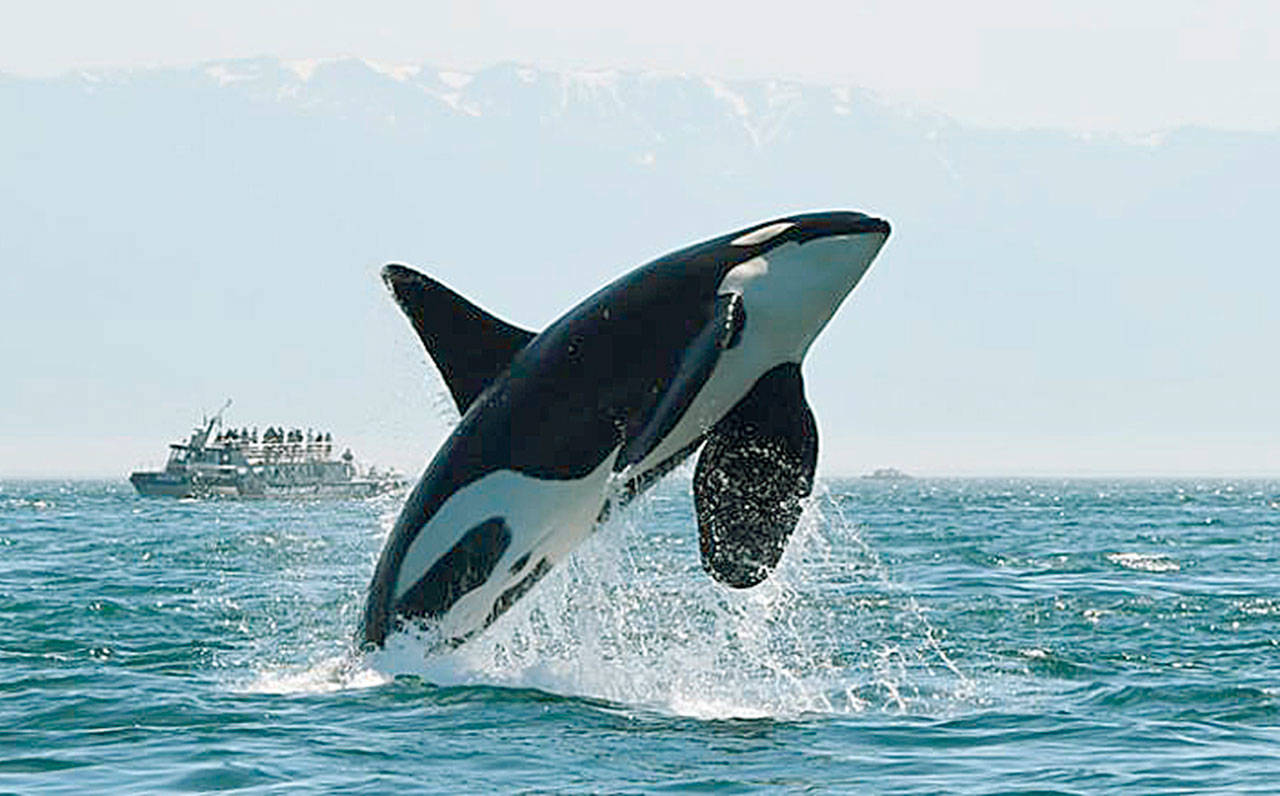Many were watching last summer when resident killer whale Tahlequah, also known as J35, carried her dead calf across the water for 1,000 miles and an unprecedented 17 days.
Now, it appears that she has also lost her mother, Princess Angeline, aka J17, the 42-year-old family matriarch.
Along with two others from our Southern Resident orca population, J17 has been missing long enough to be presumed dead.
The three pods, J, K and L, had been absent from their usual months in the Salish Sea, but they were recently sighted.
According to Michael Weiss, a field biologist with the Center for Whale Research, the J pod has been around now for a week or two, but J17 is not among them.
Pods K and L emerged Wednesday near the San Juan Islands but without family members L84, also known as Nyssa, and K25, named Scoter after the stocky black-and-white seaducks who resemble orcas.
This new reality is not a surprise to whale experts such as Weiss and Howard Garrett, co-founder of the Orca Network on Whidbey Island.
“It’s very, very sad. These are known individuals,” Garrett told Canada’s Global News. “People care about them, we’ve gotten to know them over many, many years and we know their family lines … and now we’ll see them never again.”
Orcas live in close-knit family groups that stay together for the duration of their lives, with even the males returning to live with their mothers after mating.
In addition to J17’s daughter, Tahlequah J35, she leaves behind another daughter, J53 and a son, J44. In the K pod family, Scoter K25, a 28-year-old male in the prime of his life, has two sisters and a brother to mourn his loss. The L pod has lost L84, last in a female lineage of 11 orcas, with all of the previous 10 dying before her.
A dwindling supply of Chinook salmon due to climate change and overfishing have decimated the local killer whale population, with the number of Southern Residents now down to 73 if these missing three do not resurface, according to whale experts.
In addition to the lack of Chinook salmon, their main source of food, the whales must also contend with issues such as oils spills, tanker traffic, toxins from shoreline development and noise from shipping lanes.
Another member of the J family, the 18-year-old male J34 known as Doublestuff, died in Canadian waters just before Christmas 2016 from what the final necropsy report confirmed was a ship strike.
“We continue to monitor the waters and the groups of killer whales as they come in,” Weiss said. “We’re always hoping they will reappear.”
In spite of the feared losses, all hope for the longevity of the Southern Residents is not gone. Weiss was pleased to relay this week that two baby calves born to the resident pods this year appear to be healthy and happy. That’s a tentative but hopeful relief, as statistics say that the mortality rate for new orca calves is now 50 percent.
The female baby J56 and what is considered to be a baby boy, L124, have been spotted frolicking with their mothers, J31 and L77, in several locations, including the Strait of Juan de Fuca. “They seem to be super social and active,” said Weiss.


